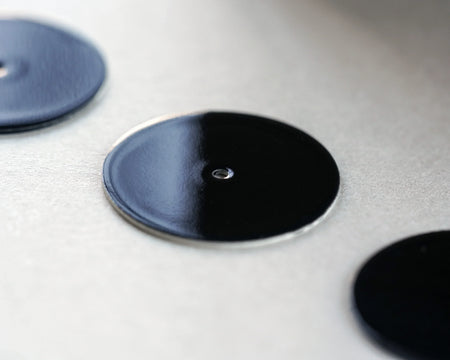About Time
Nov 06, 2020

In her book Stop the Clocks! Time and Narrative in Cinema, Helen Powell notes that filmmakers have experimented with the representation of time since cinema’s inception. Indeed, time and narrative appear to go hand in hand, the former often acting as a driving force for the latter. Birthdays, weddings, graduations, train and plane departures and ticking time bombs all embody deadlines that will make or break the protagonist’s existence. Clock faces make uncountable appearances within films, to which homage is paid in Christian Marclay’s 2010 work The Clock. But when time is already a dictating force within real-life, why do we, as an audience, seem unwaveringly fascinated with the fictionalised concept?
Well, it seems it is cinema’s ability to manipulate time and how this is then perceived by an audience. Time and time again - if you’ll excuse the phrase - ‘malleable’ appears as the common denominator in articles exploring cinematic temporality. In his book Dreaming of Cinema: Spectatorship, Surrealism and the Age of Digital Media, Adam Lowenstein comments that cinema has the ability to turn ‘the everyday instruments on which we depend for measuring time into soft malleable forms rather than hard, precise ones’, while Robert P. Kolker notes in The Extraordinary Image: Orson Welles, Alfred Hitchcock, Stanley Kubrick, and the Reimagining of Cinema that ‘film makes time and space malleable.’
Powell also acknowledges that Hollywood creates the ‘perception of time as something fluid, malleable and sometimes even incomprehensible in the film-maker’s hands.’ What is a solid and unflinching regulator in everyday life becomes almost putty-like in cinema. The final ten seconds of a ticking timebomb can last as long as two minutes on-screen, as directors attempt to represent the simultaneity of life, while, in contrast, a ten-hour long-haul flight can be over within a single take.
But Hollywood doesn’t only deconstruct time in conceptual terms, it also manipulates the time-pieces themselves. From the palm-sweating image of Harold Lloyd dangling from a skyscraper’s clock hands in Safety Last! to the frantic and obsessive fixation on time-pieces in Fred Zinneman’s classic Western, High Noon, clocks become much more than just the teller of time - they become plot, character, setting.
Indeed, in High Noon, a film famous for its narrative playing out in real-time, Zinneman noted that ‘the element of time is an actor, an enemy.’ He states that the ‘steadily ticking clocks’ pose one of two ‘deadly threats’ within the movie, the other embodied by the railroad track. As former marshal Will Kane awaits the arrival of the old town villain, Frank Miller, on the noon train, clocks dominate the film’s mise-en-scène from start to finish. They become the third character in this Western showdown and add to the tension that drives the plot forward. As time begins to run out, the clocks appear increasingly larger and faster on our screen, imposing on the audience just as the arrival of the noon train imposes on Kane. But when we, the audience, experience our own stresses and tensions in day-to-day life, why, then, are we so compelled by an on-screen countdown?
Time in film acts as a signifier; something tangible within the narrative with which to relate. As we watch these movies unfold before our eyes, they are, more often than not, fantastical, dramatic narratives - and very unlikely to occur in real-life. Time anchors us to tales that, outwith the magical realm of Hollywood, would otherwise be impossible to believe. If a bedside clock shows 03:00, we know one of two things; that the character whose bed it sits by is unable to sleep, or that something potentially frightening is about to happen in the small hours of the night. If a protagonist achingly looks at his watch to find it is 10:58, we can assume he is late for an appointment at 11:00, and if the clocktower shows 10:02, we know that Marty only has two minutes left before the lightning strike can send him back to the future!
These cinematic demonstrations of time, however, are arguably less about the stresses of the deadlines presented before us and more about the tantalising promise of action and resolution. From tales as old as Cinderella, we have been promised that by the twelfth stroke of the twelfth hour we will be granted our happy ending; a promise less guaranteed but often longed for from outside the darkened cinema screens. Unlike in real life, there is every likelihood that our cinematic heroes will board their plane, make it to their meetings, stop the ticking time bomb and save the world with two seconds to spare!
Top Ten Films featuring Clocks
1 High Noon, 1952, Fred Zinneman
2 Safety Last, 1923, Fred C. Newmeyer, Sam Taylor
3 The Big Clock, 1948, John Farrow
4 Hugo, 2011, Martin Scorsese
5 Metropolis, 1927, Fritz Lang
6 The Stranger, 1946, Orson Welles
7 Back to the Future, 1985, Robert Zemeckis
8 Pulp Fiction, 1994, Quentin Tarantino
9 Run Lola Run, 1999, Tom Tykwer
10 Great Expectations (series), 2011-2012, Brian Kirk


